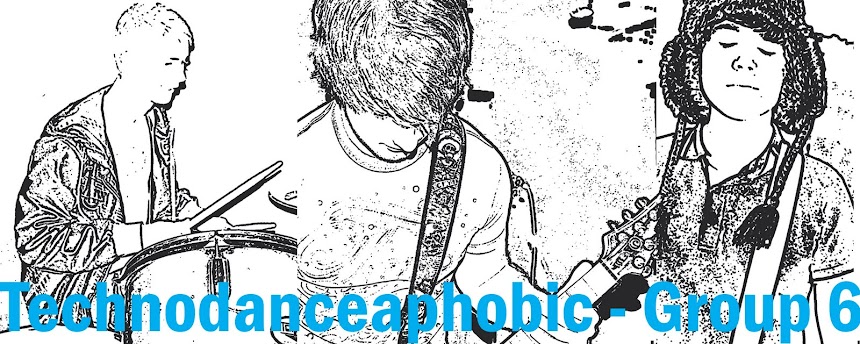• This has been probably the most useful and effective media technology that we have used, as it has benefited us in every single stage in the process of completing the coursework.
 • Throughout the research process we were able to post up how we had evaluated music videos and other texts that were from our genre, we were then able to go back to these ideas throughout the next three stages and use what we had learnt and found out in earlier stages of the coursework process, and apply it to what we were now completing.
• Throughout the research process we were able to post up how we had evaluated music videos and other texts that were from our genre, we were then able to go back to these ideas throughout the next three stages and use what we had learnt and found out in earlier stages of the coursework process, and apply it to what we were now completing.
• Later in planning, Blogger became a useful idea in conveying and discussing ideas that we had had for our music videos and other texts, and we were able to keep up to date with new ideas and changes throughout the construction stage too. We were also able to post up storyboard and animatics to enable us to show how we progressed through these stages.

• In evaluation, Blogger became useful because we were able to receive audience feedback about our music video and print texts from other schools, people from the class and others we knew via the comments section.
• We were able to use Premiere throughout planning and construction to edit together our music video, animatic and test shots from reccie’s such as Brighton.
• Premiere is such a high quality, professional piece of editing software that it was easy to get professional results.
• Premiere has a large range of filters and effects, all on an easy navigable and useable interface that enabled a smooth usage throughout planning, construction and evaluation.

• An example of when I used one of the effects was to reverse a shot in which the lead singer took off his jacket to make it look as though he was putting it on through what is known as the ‘time-lapse’ tool. This is the result:
• Despite the school upgrading to ‘Adobe Photoshop CS3’ during the transition from AS to A2, I decided to stick with using Photoshop Elements because it was what I had grown accustomed to.
• Like Premiere, this came in useful at the planning and construction stages as it enabled us to create professional pieces of work with ease. I used Photoshop Elements to create my print text, and a number of drafts.
• This is an example of a print text that I created in Photoshop Elements.

• YouTube became a key tool in our research and evaluation stages, as it firstly enabled us to look into music videos of a similar genre and evaluate them, and at the end of construction we were able to add our coursework onto the website for others to see.
• Here is an example of what the website looks like when viewing a video:

• This was a small part of the project, and only came in useful during planning.
• This is a web based application that allows you to upload a ‘Powerpoint’ presentation onto the internet, enabling you to access it wherever you have a web connection.
• This was useful as there was no longer a need for memory sticks for our pitch, as everyone in the group e-mailed me their slides and I compiled them together and uploaded them.
• This is what the site looks like:

































